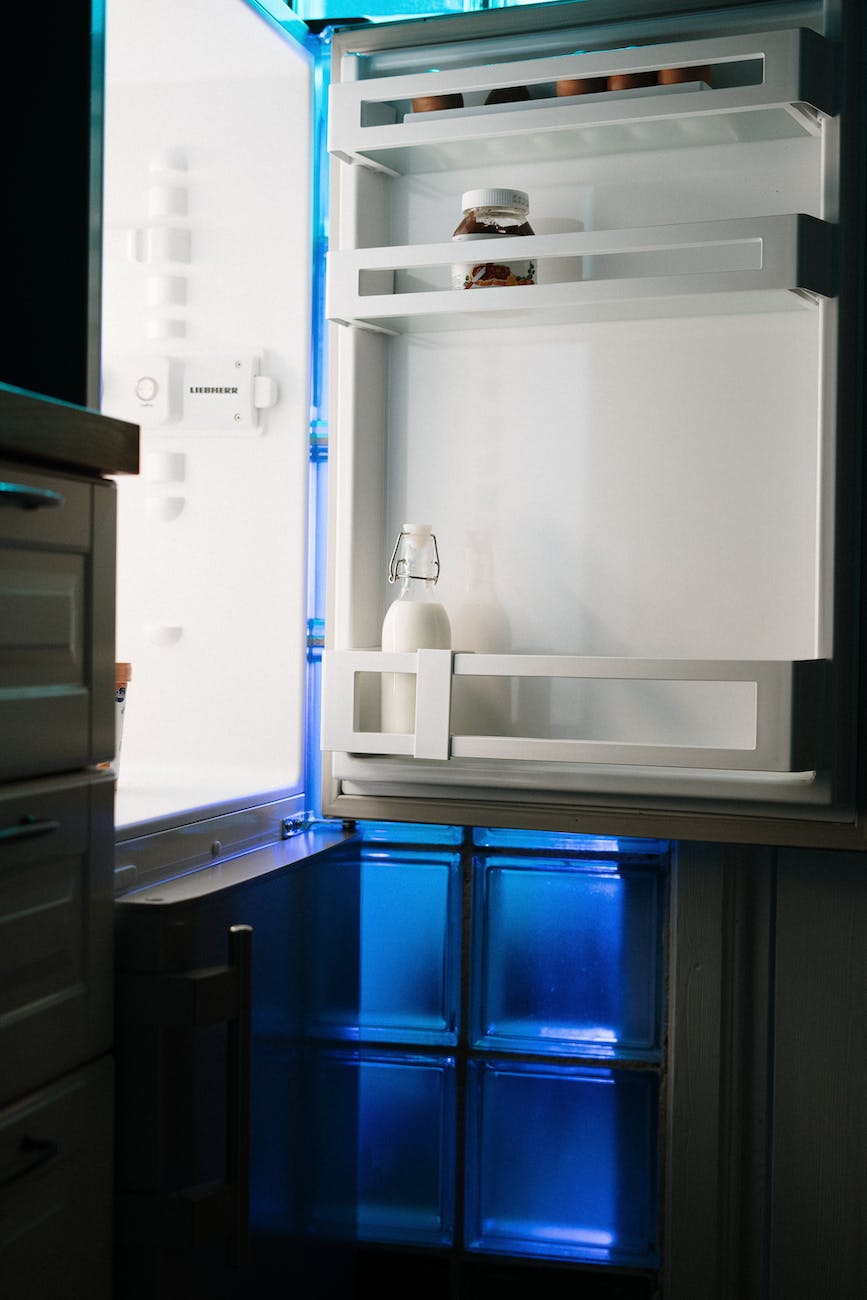By Mark Caffiers – Head of D.S. Murphy Inspections, Certified Internachi Inspector
The luxury of being able to control the temperature in your home or building is one that many take for granted. Few people put much thought into this system’s impact on the environment and the planet. Now, more than ever, regulators and manufacturers are pushing to make the HVAC industry more energy efficient with the overarching goal of protecting our planet.
Refrigerants play a crucial role in maintaining the performance and efficiency of air conditioning and refrigeration systems. However, certain refrigerants have been identified as contributors to environmental issues, such as ozone depletion and global warming. This has led to the phasing out of these such contributors and the introduction of more environmentally friendly alternatives. In this article, we will explore the transition timeline for three widely used refrigerants – R22, R410A, and A2L.
R22:
R22, also known as Freon R22, is a hydro-chlorofluorocarbon (HCFC) refrigerant. This was one of the most commonly used refrigerants for several decades. It was widely used in air conditioning and refrigeration systems due to its excellent thermodynamic properties. However, it was discovered that R22 contributes to ozone depletion and has a high global warming potential (GWP).
In 1987, the Montreal Protocol was signed, which aimed to phase out substances that deplete the ozone layer, including R22. As a result, a gradual phase-out program was implemented by the EPA for R22 in 2010 with production reduced to zero by 2020. However, R22 can still be used in existing systems, and recycled and reclaimed R22 can still be purchased for servicing purposes at ever-increasing prices.
R410A:
R410A, also known as Puron is a hydrofluorocarbon (HFC) refrigerant. It was introduced in 1991 as a replacement for R22. The industry was mandated to shift towards the use of R410A due to its zero-ozone depletion potential and lower GWP. It also has better thermodynamic properties,
leading to improved system efficiency and performance and it has become the standard refrigerant for many applications.
When the transition from R22 to R410A began, the existing systems designed for R22 could not be retrofitted, as they required different operating pressure levels. Therefore, new air conditioning and refrigeration systems were designed specifically for R410A.
History is about to repeat itself as the production as the consumption of R410A refrigerant is being phased down due to its high global warming potential (GWP). In December 2020, congress passed the American Innovation and Manufacturing (AIM) Act and in 2021 the EPA introduced a rule mandating an 85% nationwide phasedown in high-global warming potential (GWP) hydrofluorocarbon (HFC) refrigerants by 2036. The phasedown has already begun, starting in 2022 with a 90% production allowance.

This phasedown is expected to drive up the cost of R410a as the switch to A2L refrigerants such as R-32 and R-454B has already begun.
A2L refrigerants
As the use of Hydrofluorocarbon (HFC) refrigerants are phased down, consumers need to be aware of the switch to a new standard of A2L refrigerants with global warming potential (GWP) of 750 or less. While it is good to know this change is coming, the compliance requirement for the lower GWP does not take effect until January 2025.
This means A2L refrigerants will probably not be used in standard residential/multifamily HVAC equipment till mid-2024. This is the anticipated time frame for the new equipment that works with the lower GWP refrigerants to be introduced. Note: The exception is mini-split units; these are used in limited capacity within the multifamily industry and many of these already use A2L refrigerants.
It is important to note that the transition from R410A to AL2 might take some time due to the need for new service equipment, proper infrastructure, training, awareness and increased costs. However, the environmental benefits of AL2 make it a promising alternative to R410A.
As R410a is phased out:
Prices will increase on ALL HFC blends as supply decreases.
Do NOT expect to see replacements for R410A (as seen with R-22).
Recovering and reusing R410A refrigerant will be more imperative than ever. (Note: Refrigerant is only allowed to be reused by the same equipment owner.)
As A2Ls are phased in:
Refrigerant recovery will be critical and new equipment may be needed:
HVAC gauges that read A2L refrigerants.
Recovery equipment (cylinders, reverse thread adapters, etc.)
Larger recovery hoses for faster triple evacuation and systems should be triple pressure tested with nitrogen.
Re-training of HVAC techs will be needed due to the potential for flammability and new processes for evacuation and brazing. A2L refrigerants are considered slightly flammable, and for this reason alone, training to create awareness of this danger will be necessary to ensure that the refrigerant is handled safely. A2Ls fall in the lower burn velocity class which is situated below refrigerants classified with “low flammability”. This means that while A2Ls could burn when exposed to an ignition source, they will likely not explode into flames, as other Class 2 or 3 refrigerants may.
The A2L refrigerants will also have different temperatures and pressures than HFC refrigerants and will require new HVAC systems (similar to the switch from R22 systems to R410A).
In conclusion, refrigerants R22, R410A, and A2L represent significant milestones in the evolution of refrigeration and air conditioning systems. The transition timeline for these refrigerants has been influenced by environmental concerns and the need for more sustainable alternatives. While R22 is STILL being phased out, these systems are still functional and serviceable. R410A is currently the industry standard but is now starting the phase out process and will be another item to be aware of during negotiations. A2L refrigerants will slowly start showing up in new construction and as of January 1st, 2025. The refrigerants will be mandated for new installations / replacements at an unknown price point.
It is crucial that the HVAC industry continues to prioritize the development and adoption of environmentally friendly refrigerants to mitigate the impact of these systems on the planet. Development of the next generation of refrigerants is already underway as there is significant research being done on the impact of A2L refrigerants on the environment.

